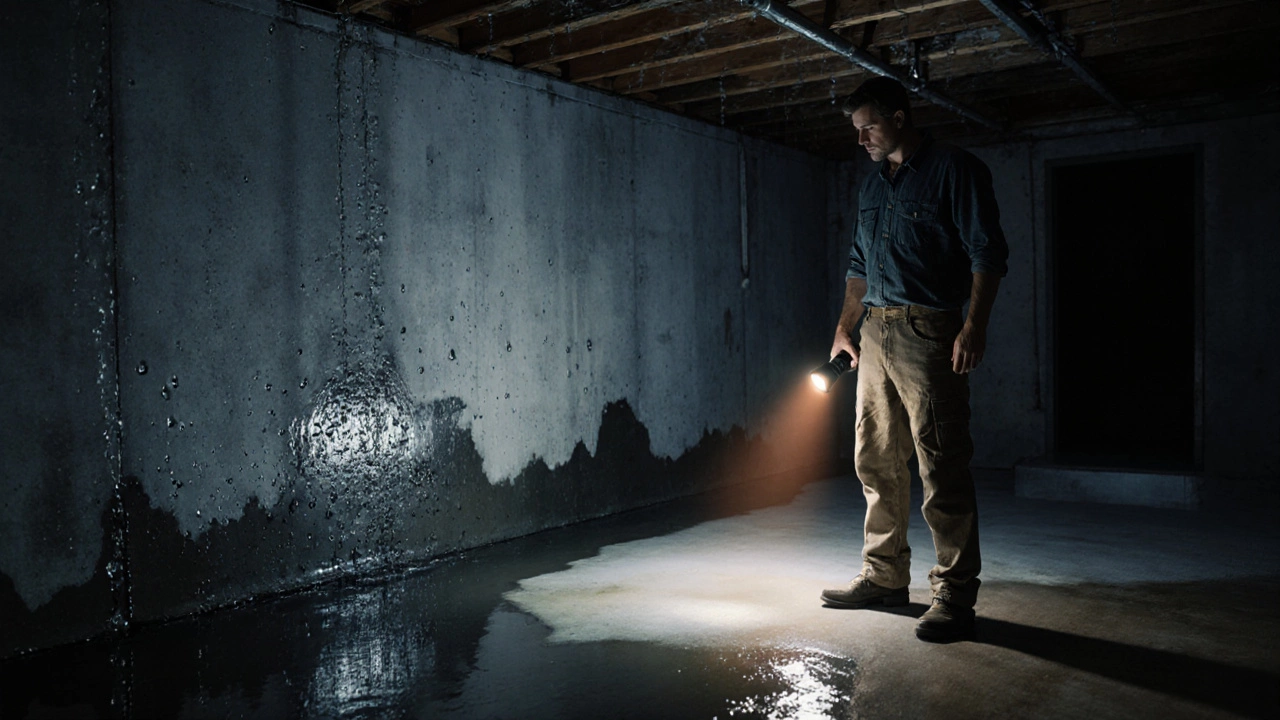Sump Pump Installation
When working with sump pump installation, the process of fitting a pump to keep your basement dry by moving water away from the foundation. Also known as basement sump setup, it forms the core of basement waterproofing, methods that stop moisture from entering living spaces and relies on a well‑designed drainage system, a network of pipes that direct water away from your home. A reliable power backup, battery or generator that keeps the pump running during outages often makes the difference between a dry cellar and costly water damage. In short, sump pump installation encompasses proper pit construction, pump sizing, and electrical safety, while requiring coordination with waterproofing and drainage strategies.
Key Steps and Tools You’ll Need
First, you dig a pit that’s deep enough to house the pump’s inlet and allow water to collect without hitting the bottom. The pit walls should be lined with gravel and a PVC sleeve to protect the pump from sharp stones. Next, you select a pump based on your home’s square‑footage and typical groundwater level – a 1/3 HP pump handles most UK basements, while larger footprints may need a 1/2 HP or bigger. The pump’s discharge pipe then connects to a daylight outlet that routes water at least 10 feet away from the foundation; this reduces the risk of water seeping back in. A check valve on the pipe stops backflow, and a float switch triggers the pump automatically when water rises. Throughout the install, you’ll use a wet‑dry vacuum to keep the pit clean, a level to verify pipe slope, and a multimeter to test the electrical circuit. Each of these components interlocks: the pit holds the pump, the pump drives the drainage system, and the power backup ensures the whole setup runs when the grid fails.
Finally, don’t forget maintenance. Run the pump weekly for a few minutes even in dry weather – this keeps the float switch moving and prevents motor seizing. Inspect the check valve for debris, clean the intake screen, and test the backup battery or generator before storm season. Many homeowners overlook the importance of a discharge line that ends above ground; placing it too low can lead to soil saturation and negate the waterproofing effort. By pairing the right pump size with a solid drainage layout and a dependable power backup, you create a system that not only prevents floods but also adds value to your property. Below you’ll find a curated selection of articles that dive deeper into pump selection, pit construction, troubleshooting tips, and cost‑effective upgrades, giving you everything you need to get your basement dry and stay that way.
Stop Interior Foundation Leaks: Proven Repair Methods & DIY Guide
- Gavin Whitaker
- |
- |
- 0
Learn practical ways to stop interior foundation leaks-diagnose the cause, install sump pumps, French drains, crack injection, and improve drainage with clear step‑by‑step guidance.
View more